What on Earth is Freestyle SUP?
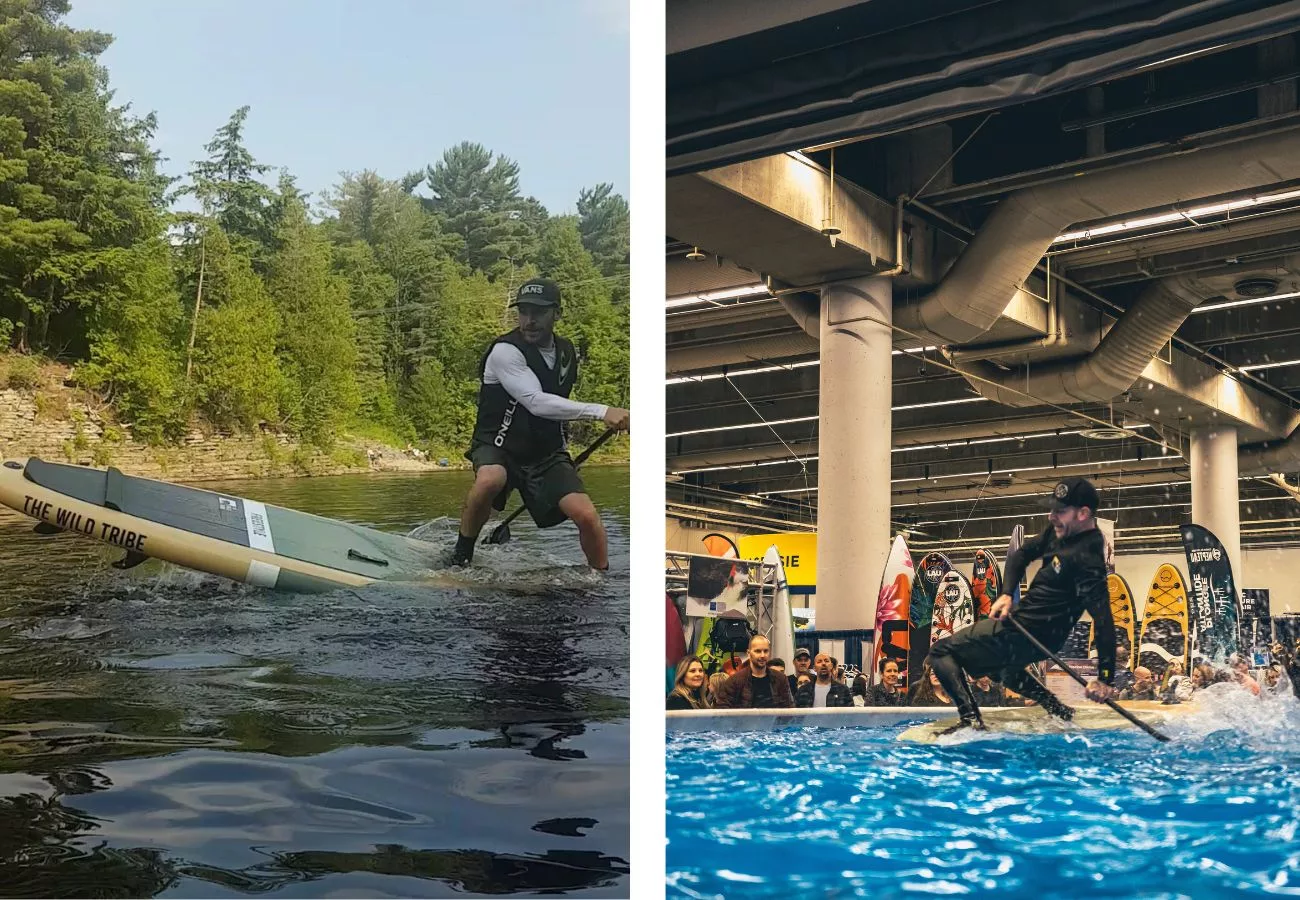
Most of us have heard of the skateboard trick the kickflip.
It’s the one that earns you cool points at the skatepark, the trick that can take over a year to master and is bound to leave you with some battle scars as you learn to perfect your technique.
In a big display of energy and agility, skaters flip their boards 360-degrees in the air before landing with impressive balance.
Try taking this trick to the water, flipping a paddle board that’s both taller and wider than you are.
Now that’s a challenge.
Yann Fortin is a freestyle paddle boarder originally from Lac Saint-Jean, Quebec. “I’m a paddle board freak,” he says. “I’m the kind of guy that loves to push further… to push the limits.”
The near-impossible kickflip happens to be his signature freestyle SUP move.
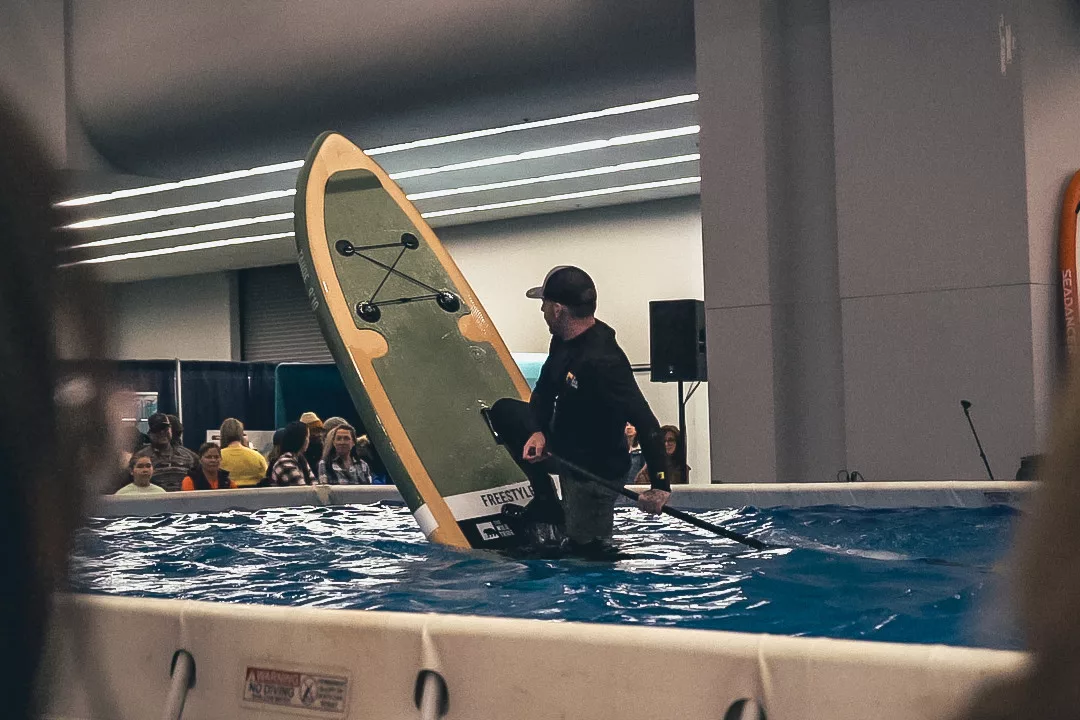
Fortin is one of the few freestylers that can execute the trick. It takes plenty of practice and comes with a high risk of injury because of how hard it can be on your knees.
Freestyle paddle boarding is a relatively unknown discipline of SUP. There are many who take to whitewaters to test their limits on raging rapids, others who opt for the speed of paddle board racing, and a majority who go the touring route, exploring open waters and river systems. But the freestyle discipline is a new genre in the SUP world.
“[Freestyle] is like the figure skating of paddle boarding,” says Fortin. “It’s free. There’s no particular style in freestyle: you can jump, you can dance, you can walk on it, you can spin it, whatever you want to do.”
The allowance for complete freedom of expression on the board is what makes freestyle so unique. There is no one way to do it, and everyone has a different style and different tricks that they push themselves to master.
“Freestyle is all about developing harmony between you and your board,” Fortin says.
Three years ago, Fortin started his paddling boarding journey by SUP touring on lakes and rivers, but he wasn’t quite hooked. He set out with a friend to see what else could be done with a paddle board.
“We just wanted to think outside the box and try to do something more,” said Fortin.
It wasn’t until he came across a couple videos of freestylers in Japan—where this SUP discipline is very popular—that the world of paddle boarding was expanded for Fortin.
After two years of practicing freestyle, Fortin’s passion has only grown. Just beginning to gain traction in Canada, the community of freestylers in Quebec still remains fairly small, but there’s no denying the sport is starting to grow.
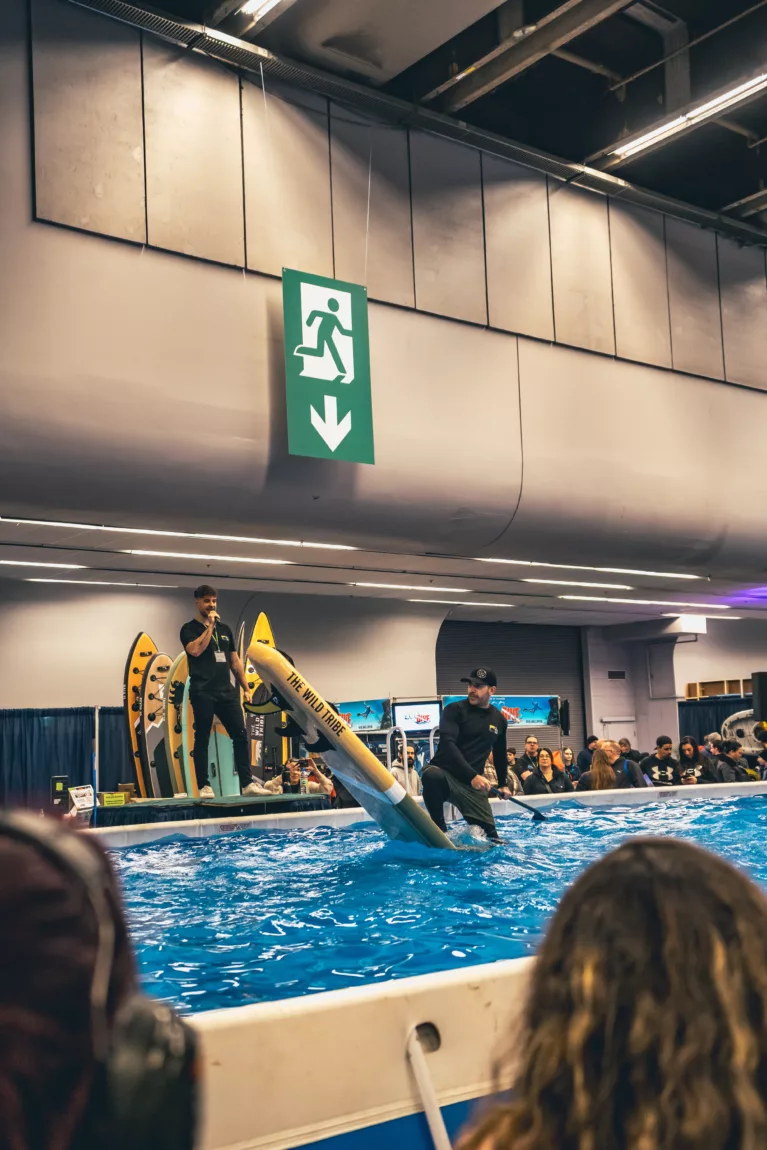
The Montmorency River in Quebec is often the go-to spot for Fortin and his crew to practice. Eager to teach whoever wants to learn, the group welcomes anyone and everyone to hop on a board and give it a try.
“You see us on the river and that piques your curiosity. You come talk to us, we’re going to show you stuff. We like when people ask questions and come and want to try,” says Fortin. It’s this friendly, welcoming community that is an undeniable attraction to the freestyle world.
“There’s no ‘you’re a beginner you don’t come with us,’ we welcome everyone,” Fortin adds.
With a growing social media community, Fortin and the other group members use a Facebook platform as a way to communicate, sending announcements and meet-up times.
As interest continues to grow, this summer could even bring the start of freestyle battles and competitions held in Quebec, according to Fortin.
Because freestyling can include diverse movements on the water, a board with just the right features is needed to accommodate paddlers.
Joining forces with The Wild Tribe, Fortin played an important role in the design of the Tahoe Stark Freestyle board. The process of bringing this freestyle-specific board to life was certainly not linear. “We had like three or four versions before getting the one we really wanted,” said Fortin.
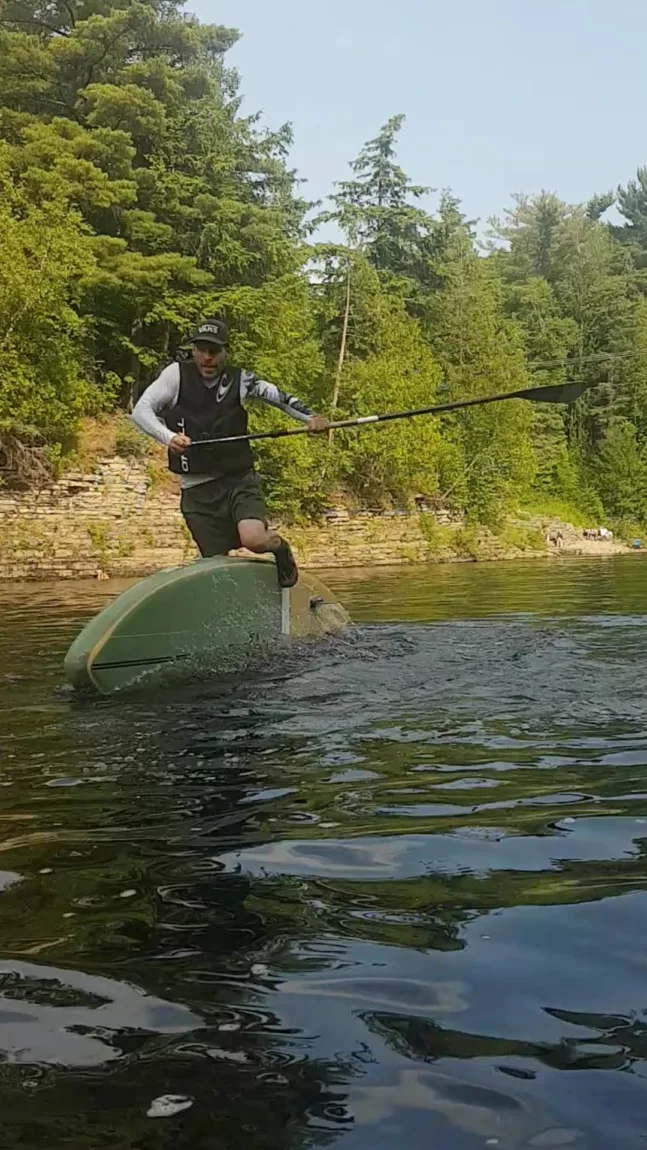
The board had to achieve a perfect harmony between stiffness, thinness and balance, with a kick pad at both the nose and tail of the board. The rocker (the upward curve at the tip of the board) also played an important role in the design, allowing freestylers to rotate their boards when the fin is in the air.
Even if your goal isn’t to do kickflips and 360s galore, learning freestyle movement will only improve your SUP game. Practicing bracing techniques is just one of the ways to do this. Lean to one side of the board and then another, while on your knees, to practice keeping your balance.
Many of these movements help to strengthen your stabilizing muscles, says Fortin.
“Practice for five minutes on each of your outings and you will see a huge difference in your confidence when you hit the water.”
None of us were born with kickflipping abilities (on the water or off) and even the best of the best have to start somewhere. While it can be intimidating to try something new, Fortin emphasizes that practice and consistency is key. Sometimes it takes a couple of weeks to master a trick and other times it can take years.
“We spend more time in the water than on the board. It’s like that people laugh and it’s okay.”
Oftentimes you have to fall, fall and fall again before you stick the move and that’s the beauty of it.








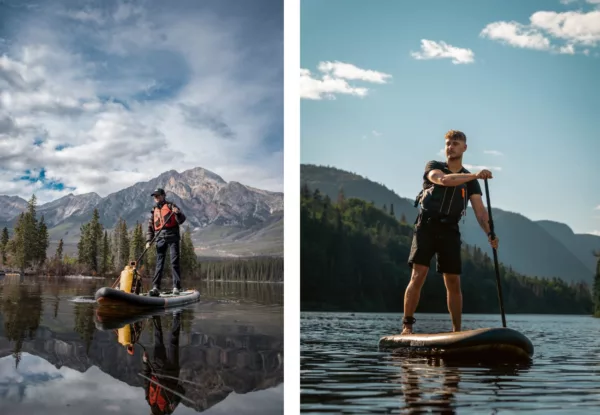
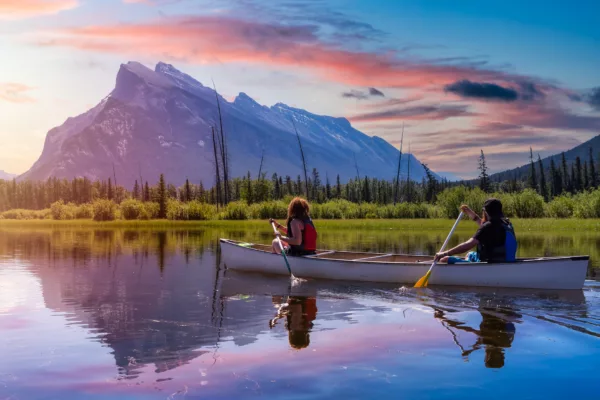

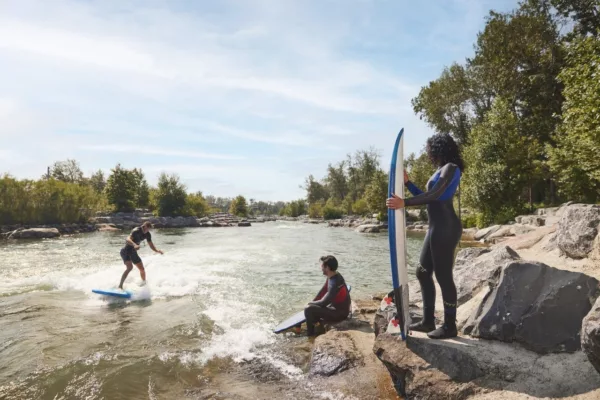
Looking forward to SUP Freestyle becoming more steezy and less herky-jerky-splashy.